As a lot of people in the States will tell you, tornadoes can strike with very little warning. If you don’t plan accordingly, they may also leave a whole lot of destruction in their wake. While no home can be completely tornado-proof, there are steps you can take to minimize damage and keep your family safe. Let’s take a look at some of the most effective ways to protect your home against tornadoes.
Install Impact-Resistant Windows
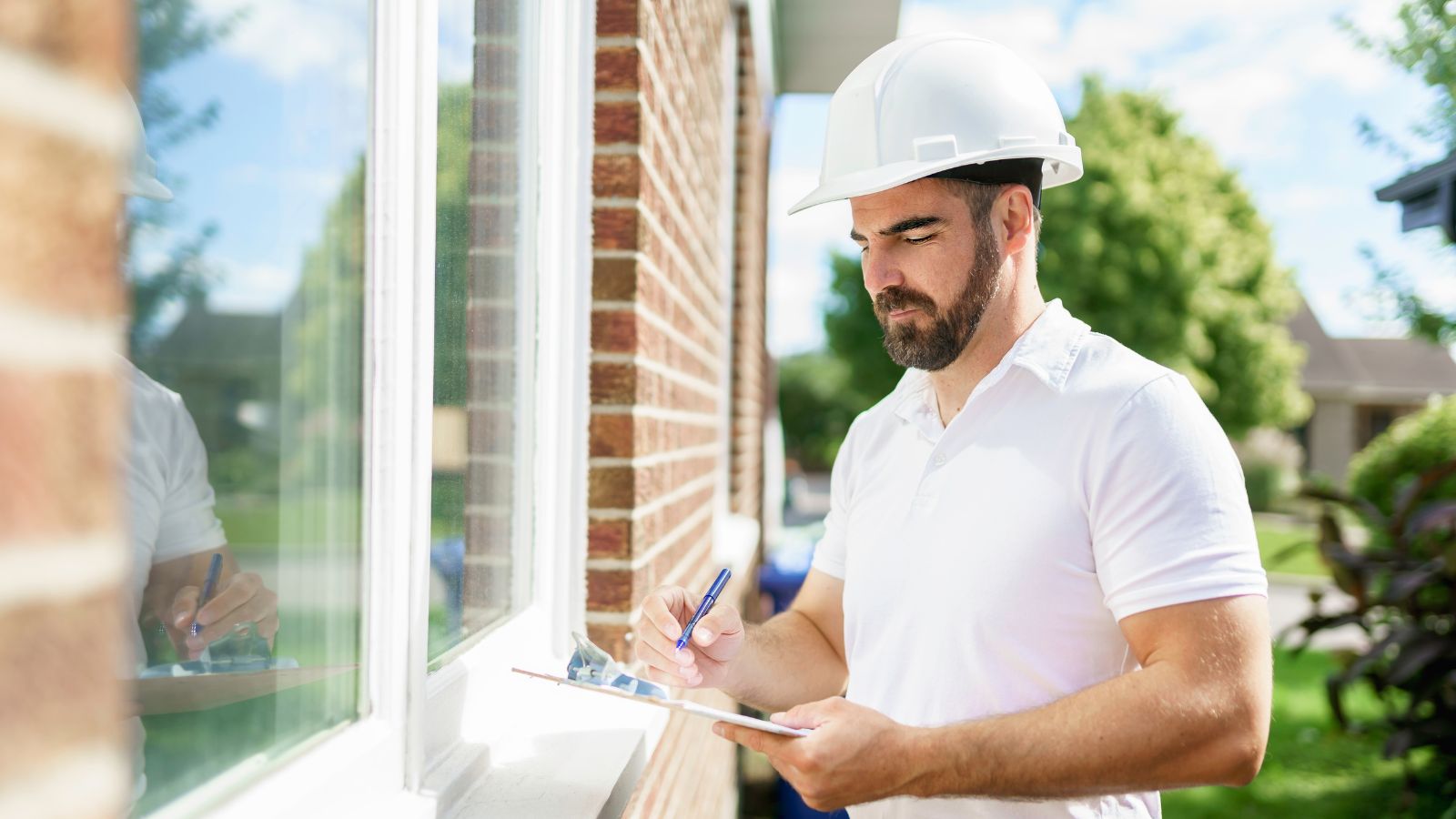
Regular windows can shatter easily in high winds like those from a tornado. This will also send dangerous shards flying through your home, potentially harming you or your loved ones. On the other hand, impact-resistant windows are designed to withstand extreme pressure and debris, providing you with an extra layer of protection.
Reinforce Your Garage Door
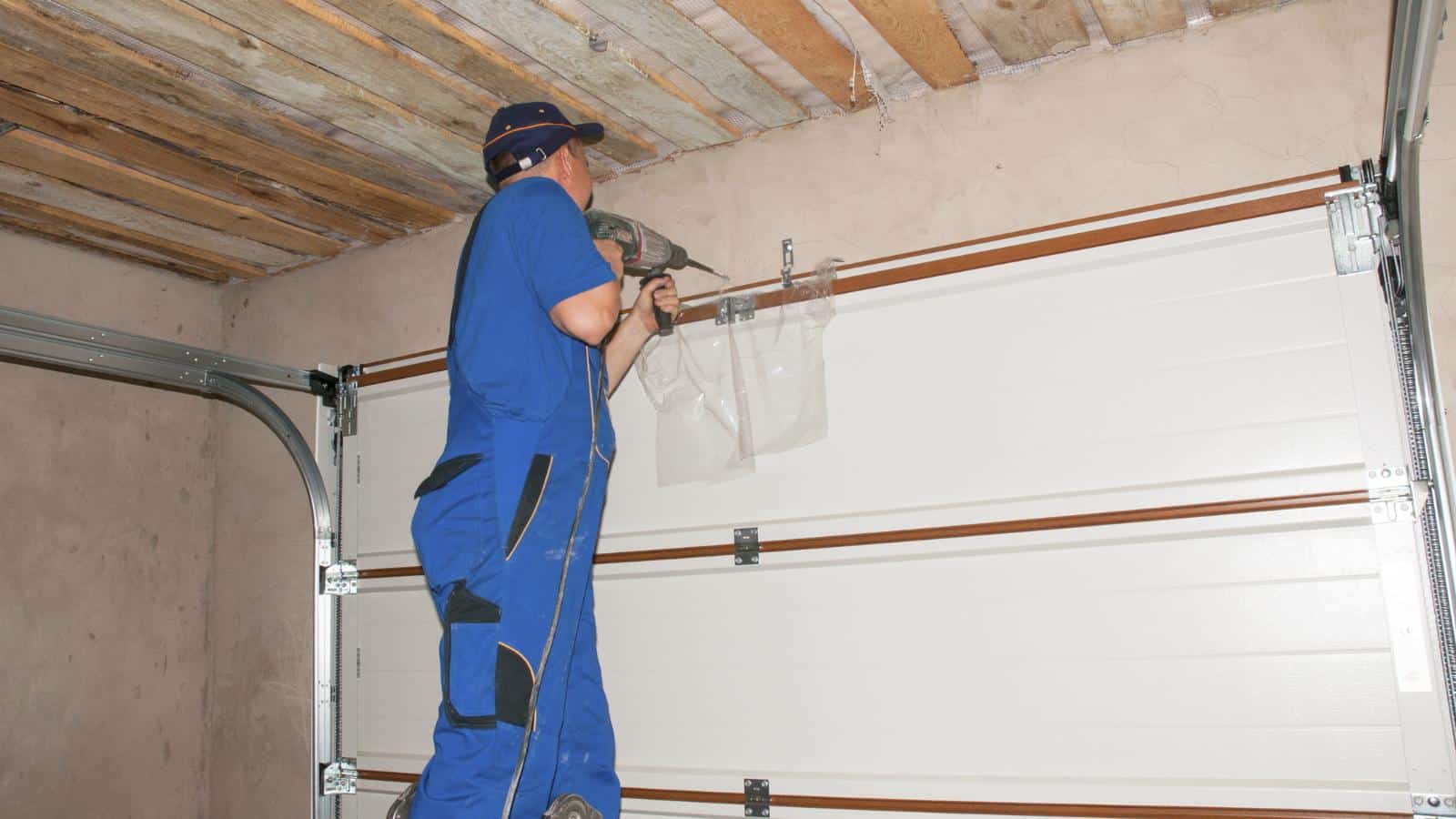
A lot of people don’t know this, but garage doors can be a big weak spot in a home’s structure, and a breach can lead to catastrophic damage. That’s why it’s a good idea to reinforce your garage door with a bracing kit or upgrade to a tornado-resistant model.
Anchor Your Roof
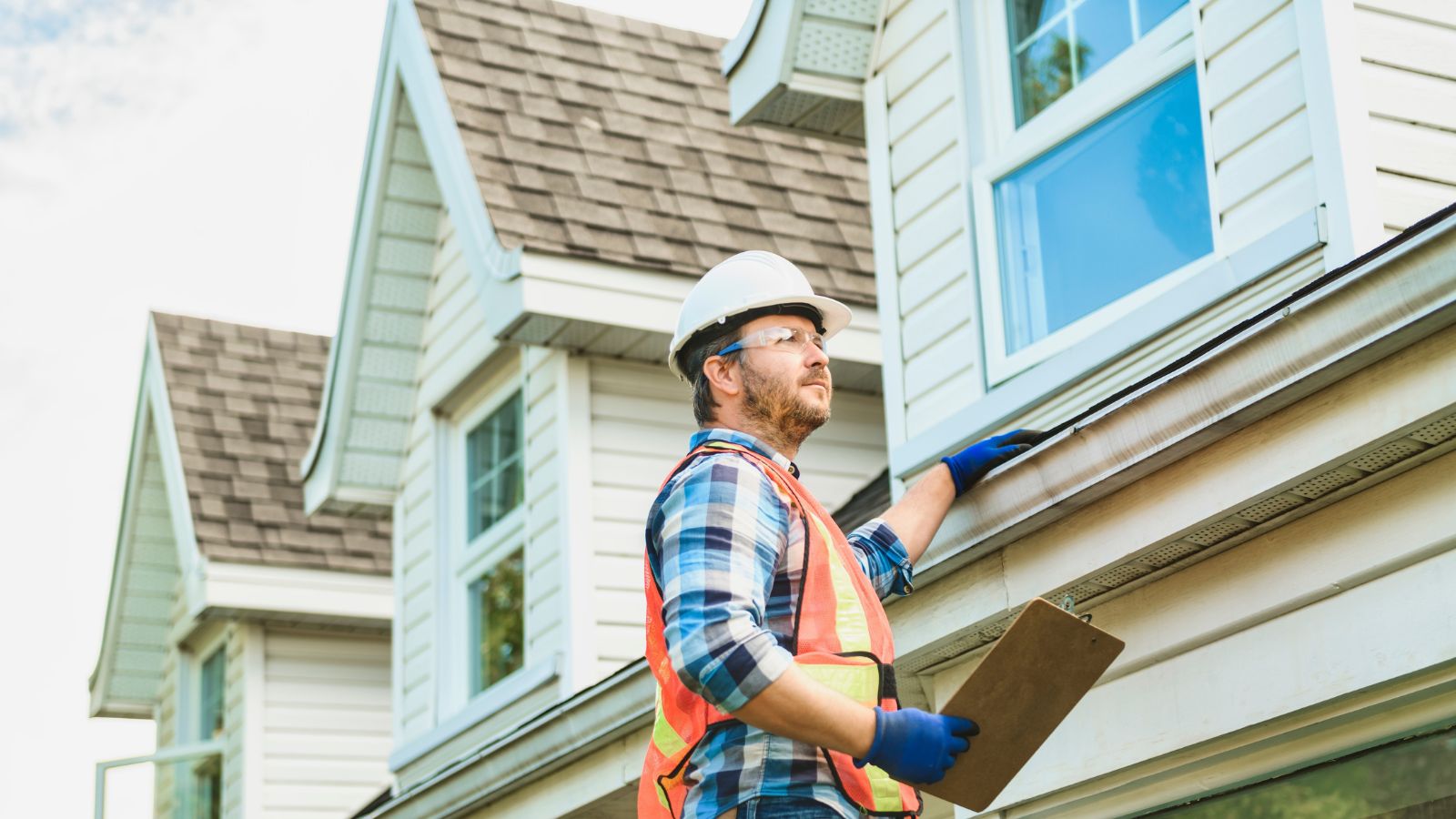
Another one of the most vulnerable parts of your home during a tornado is your roof. But the good news is that you can strengthen it by installing hurricane straps or clips that anchor the roof to the walls. These metal connectors can significantly reduce the chances of your roof being ripped off by gale-force winds.
Create a Safe Room

A safe room that’s built in alignment with FEMA guidelines is one of the most effective ways to protect your family during a tornado. These reinforced spaces are designed to withstand even the strongest winds and flying debris.
If building a safe room is too expensive or time-consuming for you, you can also use a small, windowless interior room on the lowest floor for shelter.
Keep Your Yard Clear of Debris

As you may have noticed, loose items like patio furniture, garden tools, or toys can blow around and even become dangerous projectiles in high winds. To avoid this, it’s important to regularly clear your yard of debris and secure larger items to reduce the risk of damage, especially when there’s a high risk of tornadoes.
Reinforce Exterior Doors
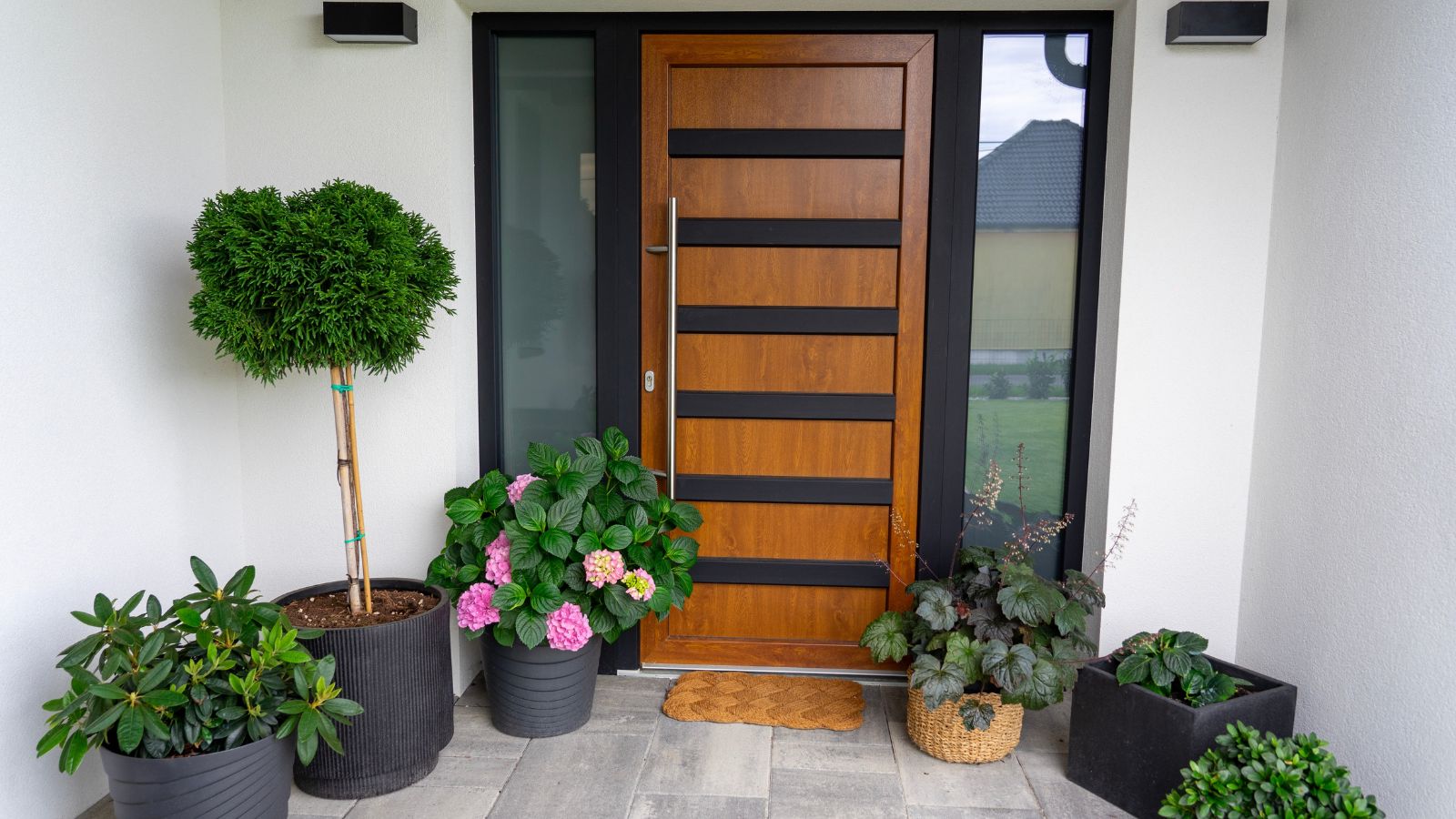
If you have any weak or poorly secured exterior doors, you should know that these can fail under the pressure of tornado-strength winds. To protect yourself and your family, you should consider installing heavy-duty deadbolts and ensure your door frames are properly anchored to the walls.
Trim Overhanging Trees
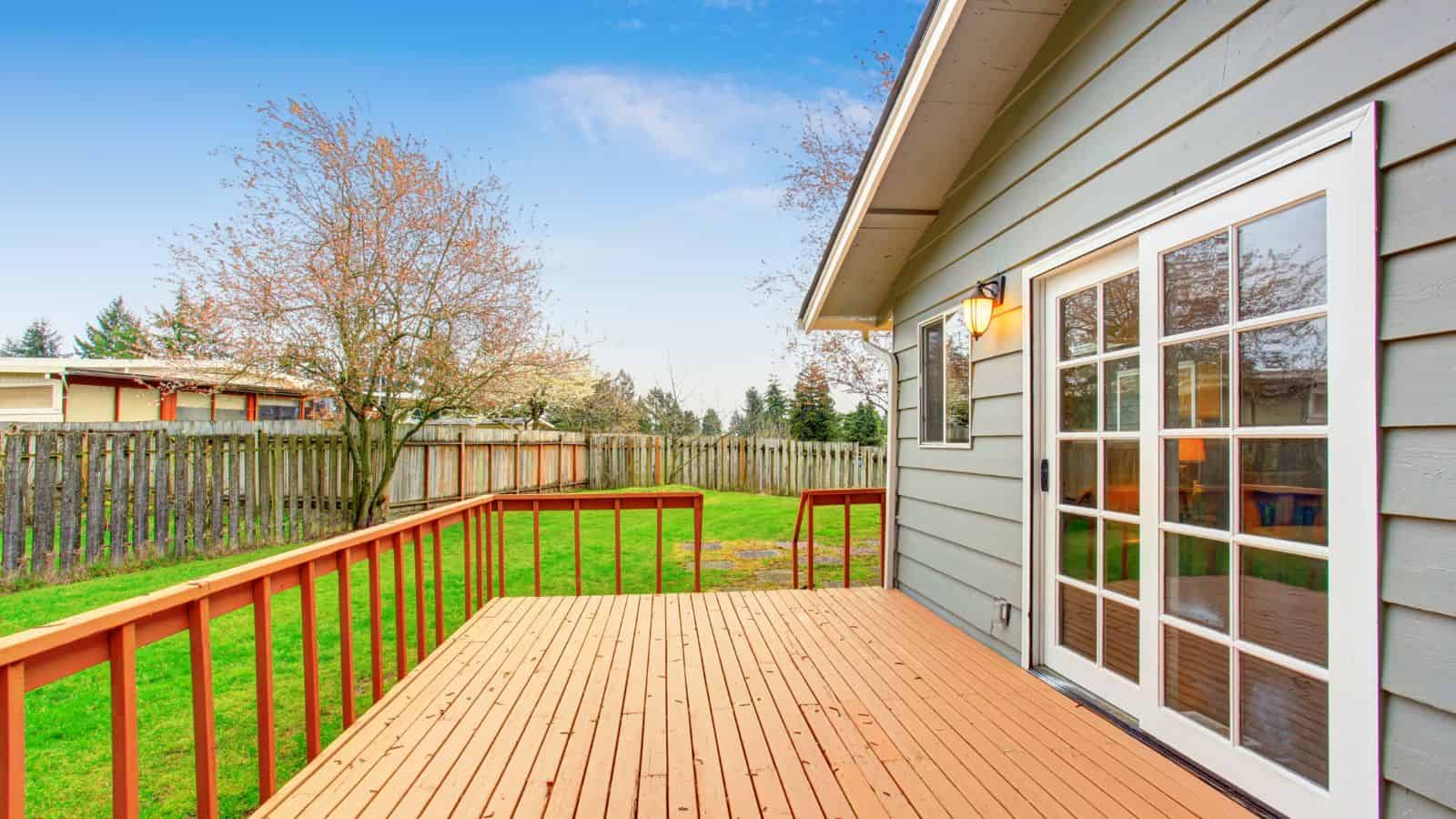
Overhanging branches or weak trees may seem harmless enough, but those near your home can pose a significant risk during a tornado. High winds can snap branches or uproot trees, causing severe damage. That’s why it’s a good idea to regularly trim trees and remove any that are dead or dying.
Install a Backup Power Source
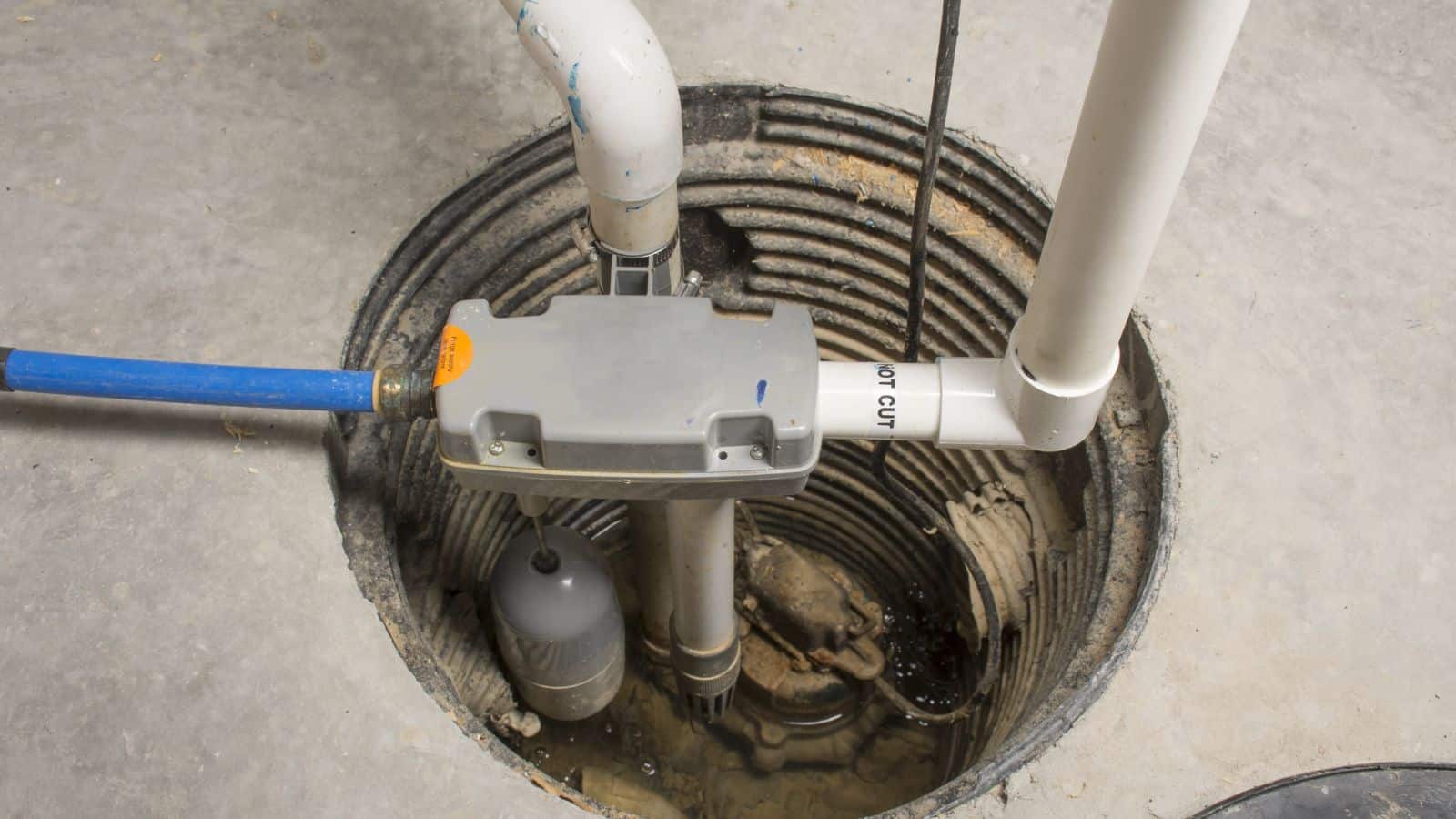
Anyone who’s experienced a lot of tornadoes will know that power outages are commonplace when they hit. But the good news is that having a backup generator can help keep essential systems running.
This includes sump pumps to prevent flooding, as well as lighting and communication devices.
Secure Your Foundation
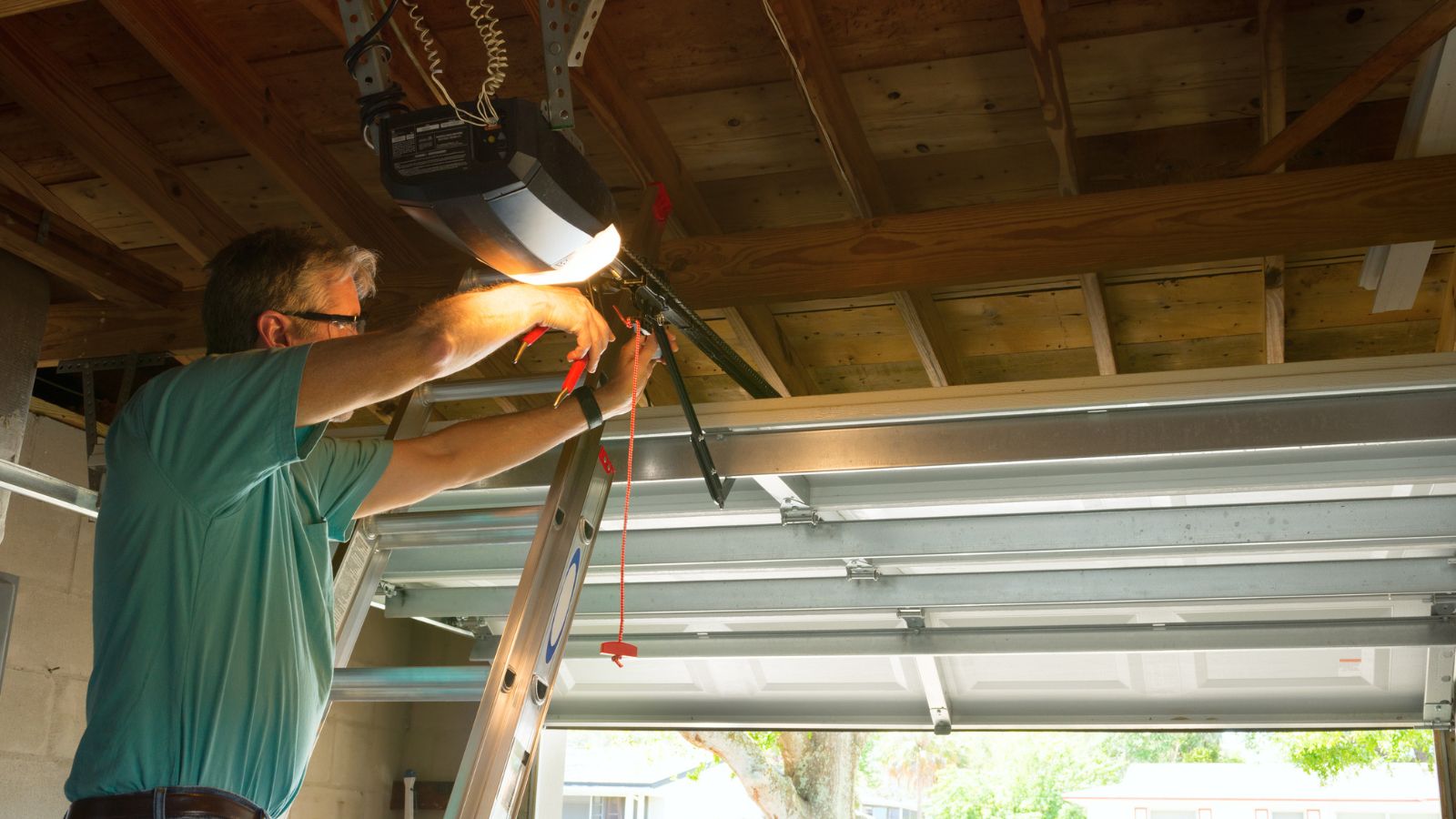
It’s quite common for tornadoes to cause structural shifting, especially in homes with weaker foundations. If you want to make your foundation more resistant to high wands, you should reinforce it with anchors or tie-downs.
Consulting a professional engineer is also a good way to help identify and address vulnerabilities specific to your home.
Seal Cracks and Openings
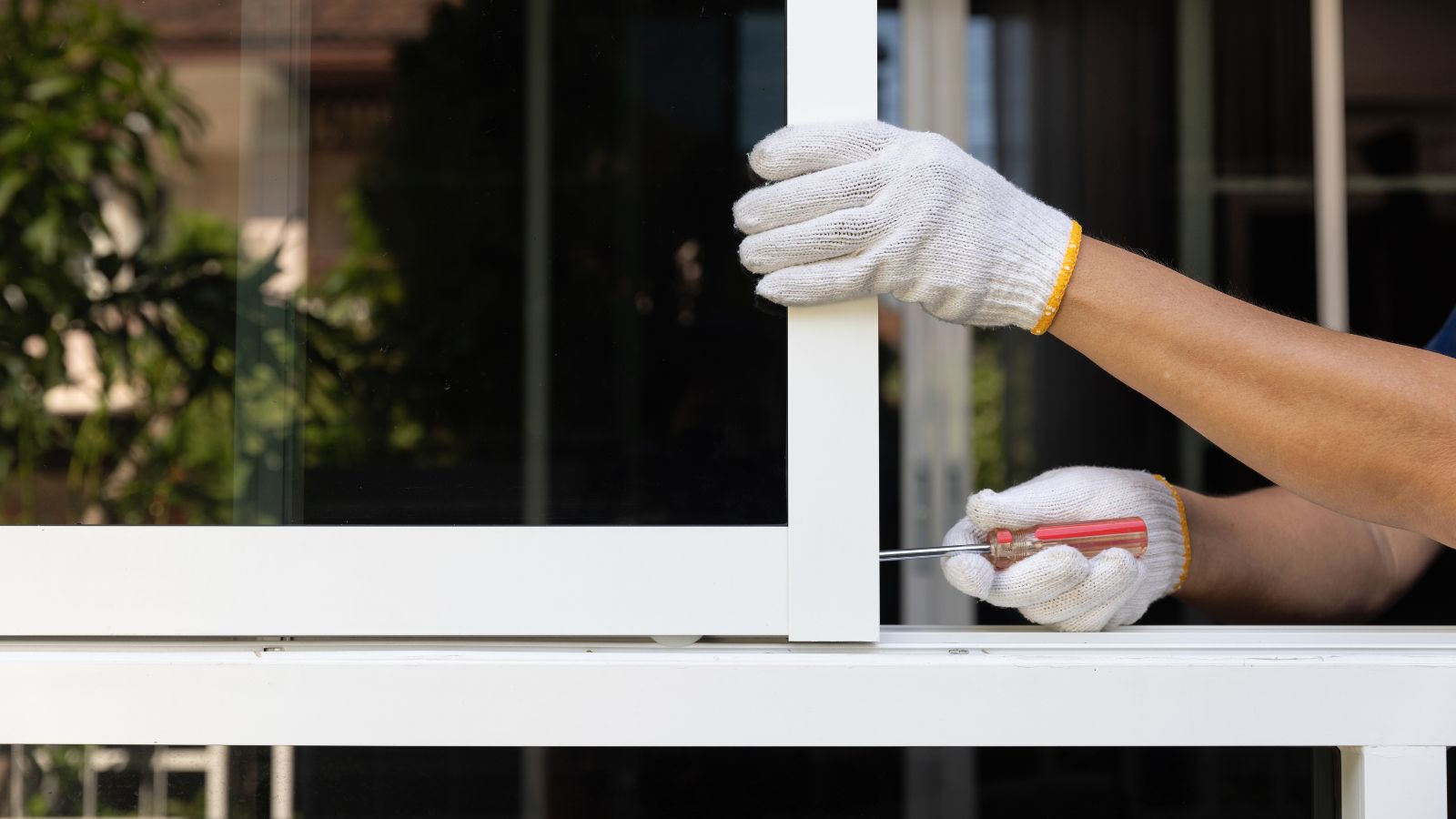
Even the tiniest cracks in your windows or doors can allow high winds to enter and cause pressure build-up inside your home, which could then lead to significant structural damage. You can use caulk or weatherstripping to seal openings and ensure your home is as airtight as possible.
Upgrade Roofing Materials
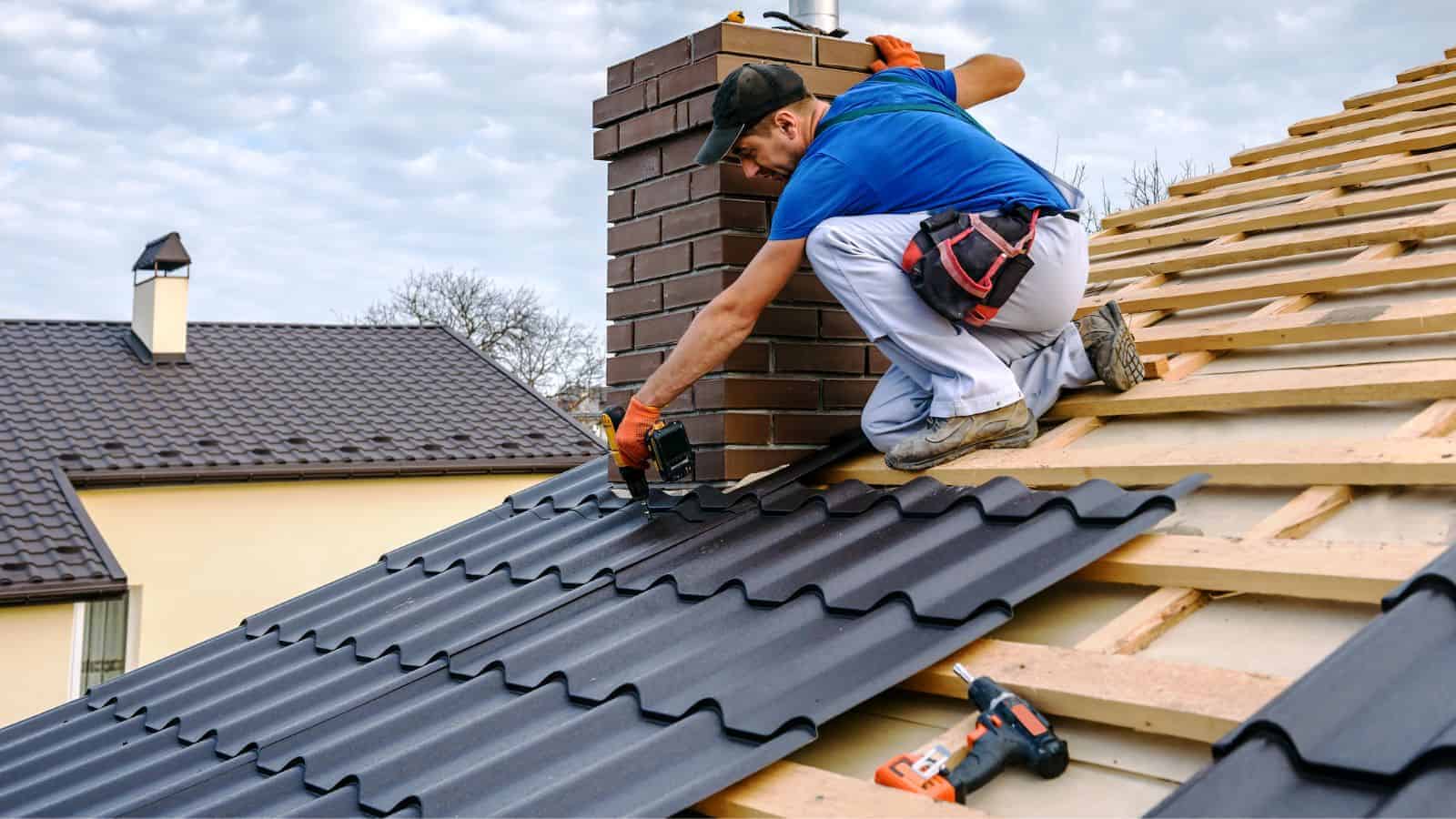
As you may know, certain roofing materials are significantly more wind-resistant than others. So if you’re replacing your roof, consider impact-resistant shingles or metal roofing, which can better withstand the force of tornado winds. A professional roofer can recommend materials that are both durable and appropriate for your region’s climate.
Install a Weather Alert System

When you live somewhere that frequently encounters tornadoes, staying informed is critical. One great way of doing this is to install a weather radio or app that provides real-time alerts for your area. Early warnings give you valuable time to activate your safety plan, secure your home, and move everyone to a safe space.
Strengthen Your Walls

Most people pay little attention to their walls or what they’re made of. But in tornado-prone areas, reinforced concrete or steel-framed walls can provide greater resistance to wind damage.
Retrofitting an existing home may be expensive, but these measures significantly increase structural stability.
Secure Outdoor Structures
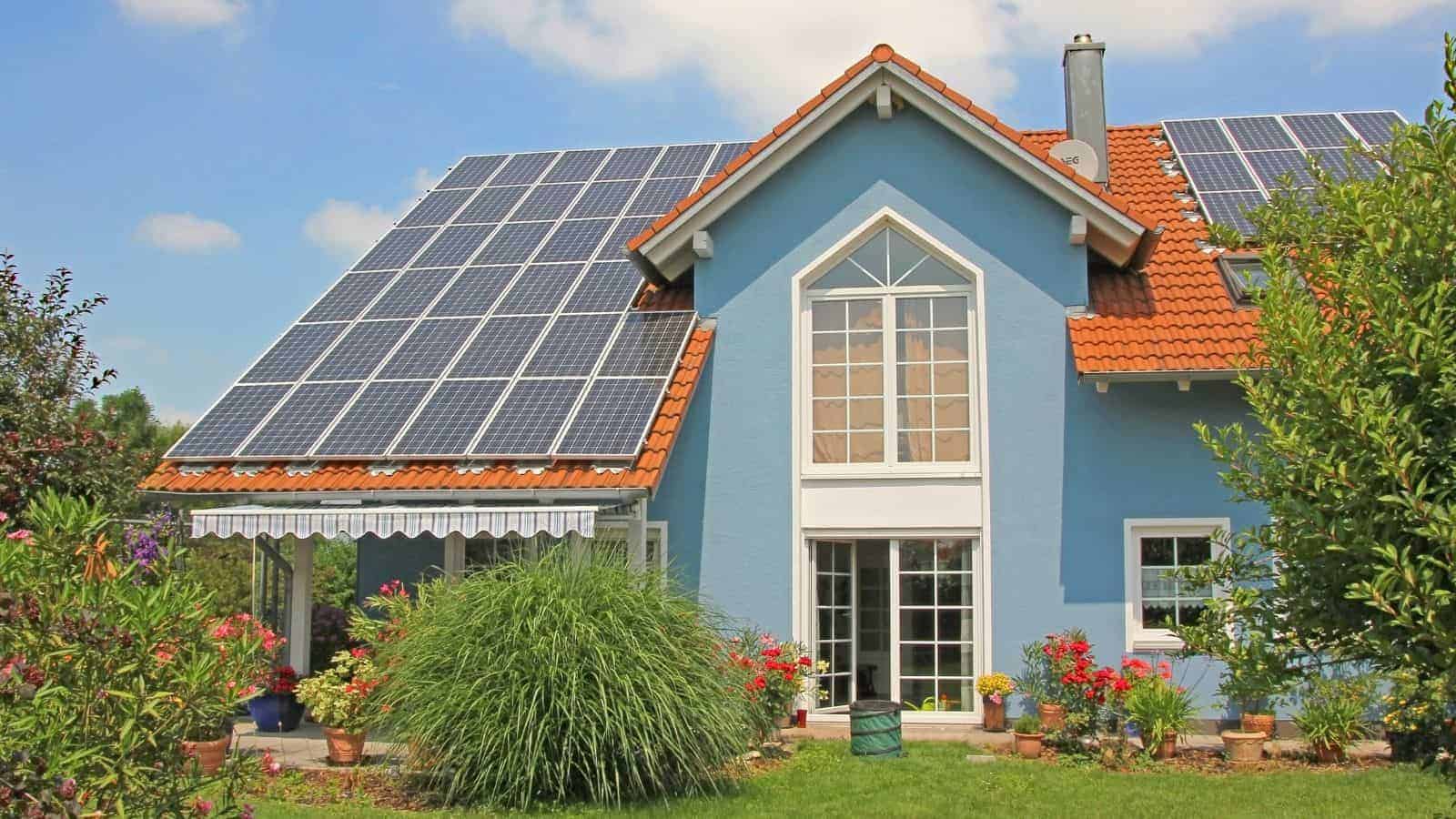
While they may look sturdy enough on an average day, sheds, carports, and other outdoor structures can become airborne in strong winds. As you can imagine, these huge flying masses can be pretty hazardous for anyone or anything in the area. So, it’s a good idea to anchor these structures securely to the ground using tie-down kits or concrete foundations.
Develop an Emergency Plan

Protecting your home goes beyond physical reinforcements. It’s important to create a tornado emergency plan for your family, including identifying safe zones, practicing drills, and assembling an emergency kit. This will help ensure that everyone knows what to do when severe weather strikes.
Check Your Insurance Coverage

Finally, it’s important to remember that even with all the precautions, damage from a tornado can still occur. That’s why it’s important to review your homeowner’s insurance policy to make sure it includes coverage for wind damage and debris removal.
This will give you a little more peace of mind that you’ll be financially protected in the aftermath of a storm.
